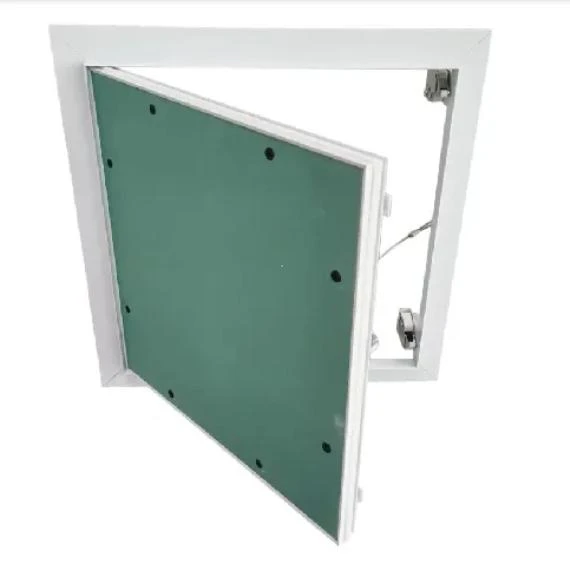Dec . 26, 2024 06:58 Back to list
t bar ceiling wire
Understanding T-Bar Ceiling Wire A Comprehensive Overview
T-bar ceiling systems, also known as drop ceilings or suspended ceilings, are widely used in commercial and residential settings for a variety of reasons, including aesthetics, insulation, and acoustics. One of the essential components of these systems is the T-bar ceiling wire. While it may seem like a small detail, this wire plays a crucial role in the stability and durability of the ceiling installation. In this article, we will explore the significance, types, installation processes, and advantages of T-bar ceiling wire.
What is T-Bar Ceiling Wire?
T-bar ceiling wire is a type of support wire used to secure T-bar grid systems to the structural ceiling. These grids form the framework that supports the ceiling tiles, which can be made from various materials such as mineral fiber, metal, or gypsum. The wire is usually made from steel or other durable metals to ensure strength and longevity.
Importance of T-Bar Ceiling Wire
The primary function of T-bar ceiling wire is to provide stability to the suspended ceiling system. By anchoring the T-bar grid to the structural ceiling, the wire helps prevent sagging and shifting over time, especially in cases where heavy ceiling tiles are used. More significantly, proper installation of these wires ensures that the ceiling can withstand various external factors, such as vibrations, air pressure changes, and even seismic activity in certain regions.
Types of T-Bar Ceiling Wire
There are several types of T-bar ceiling wires, each designed to cater to specific needs
1. Pre-cut Wire These come in standard lengths, making them easy to install. They are often used for typical ceiling heights and require minimal adjustments. 2. Adjustable Wire These allow for length customization during installation, making them ideal for spaces with varying ceiling heights or unusual architectural features.
3. Heavy-Duty Wire Designed for larger and heavier ceiling systems, heavy-duty wires provide extra support and resilience under weight.
4. Light-Duty Wire These are suitable for standard residential ceiling installations and are typically more cost-effective.
Installation Process
The installation of T-bar ceiling wire requires careful planning and execution
. Here’s a step-by-step guidet bar ceiling wire

1. Planning Measure the area where the ceiling will be installed and determine the layout of the T-bar grid. Mark the locations for the wires on the structural ceiling.
2. Cutting the Wire Depending on the height of the ceiling, cut the wire to the required lengths. If using adjustable wire, ensure it can be easily adjusted on-site.
3. Attaching the Wire Secure one end of the wire to the structural ceiling using approved fasteners. The other end should be looped around the T-bar grid to support it adequately.
4. Leveling Use a level to ensure that the grid is even. This step is crucial, as an unlevel grid can lead to problems with ceiling tile placement.
5. Securing the Grid Once the wires are in place and the grid is level, secure the grid system according to manufacturer specifications.
6. Installing Ceiling Tiles Finally, insert the ceiling tiles into the grid, creating the desired aesthetic and functional ceiling surface.
Advantages of Using T-Bar Ceiling Wire
1. Durability Steel wires are resistant to wear and can withstand various environmental factors, ensuring a long-lasting installation.
2. Versatility T-bar ceiling wire systems can be adapted for a wide range of applications, whether in offices, schools, healthcare facilities, or homes.
3. Easy Maintenance If repairs or updates are needed, the suspended ceiling system allows easy access to wiring, plumbing, and other infrastructure above the ceiling.
4. Aesthetic Flexibility With numerous ceiling tile options, users can customize their ceilings to fit different design preferences.
In conclusion, T-bar ceiling wire is a fundamental component of suspended ceiling systems, providing essential support and stability. Understanding its functions, types, installation processes, and benefits can empower both professionals and DIY enthusiasts to achieve durable and aesthetically pleasing ceilings in various settings. Whether for renovation or new constructions, investing in the right T-bar ceiling wire is crucial for long-term success and satisfaction.
-
Quality Ceiling Trap Doors & Access Panels | Easy & Secure AccessNewsAug.30,2025
-
Durable Ceiling T Grid Systems | Easy InstallationNewsAug.29,2025
-
PVC Gypsum Ceiling: Durable, Laminated Tiles for Modern SpacesNewsAug.28,2025
-
Pvc Gypsum Ceiling Is DurableNewsAug.21,2025
-
Mineral Fiber Board Is DurableNewsAug.21,2025
-
Ceiling Tile Clip Reusable DesignNewsAug.21,2025







